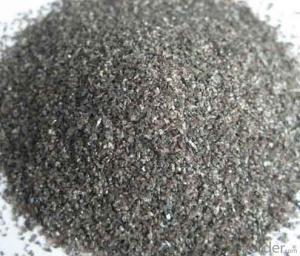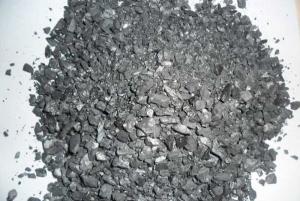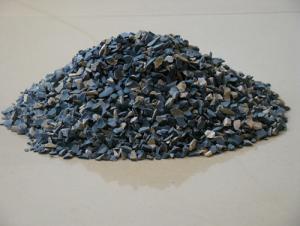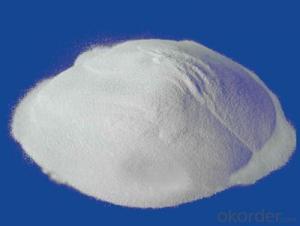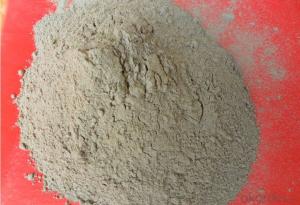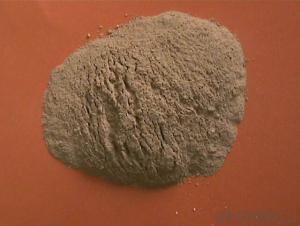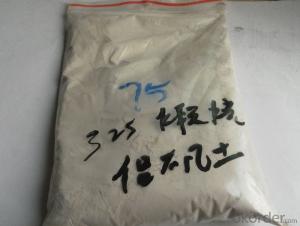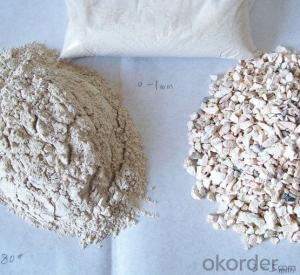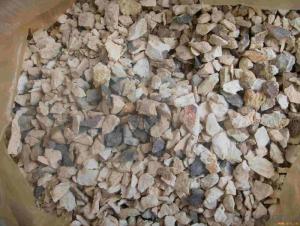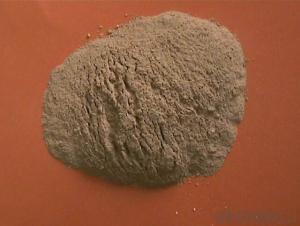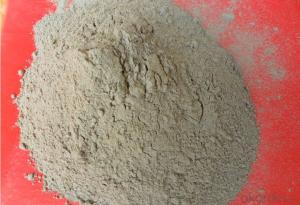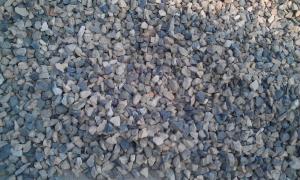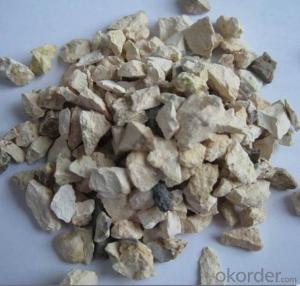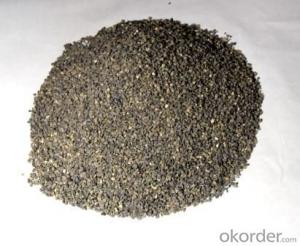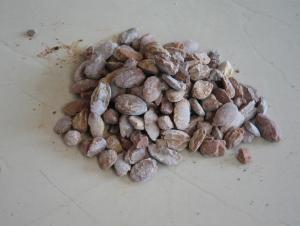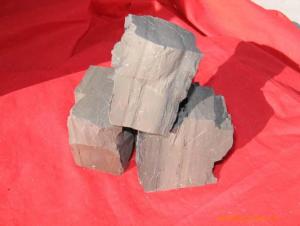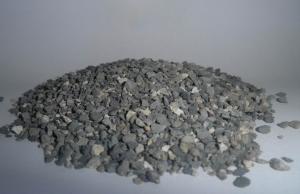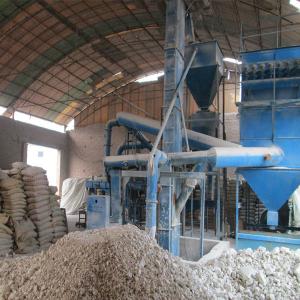Raw Materials for Refractory:High Alumina Calcined Bauxite Ore
- Loading Port:
- China main port
- Payment Terms:
- TT OR LC
- Min Order Qty:
- 25 m.t.
- Supply Capability:
- 2000 m.t./month
OKorder Service Pledge
OKorder Financial Service
You Might Also Like
Packaging & Delivery
| Packaging Details: | Packing in 25kg pp bags or 1MT/1.25MT bulk bags |
| Delivery Detail: | within 15 days against the contract |
Quick Details
| Place of Origin: | Shaanxi, China (Mainland) | Shape: | Powder | Material: | Bauxite |
| SiO2 Content (%): | - | Al2O3 Content (%): | 88% | MgO Content (%): | - |
| CaO Content (%): | - | Refractoriness (Degree): | 1770°< Refractoriness< 2000° | CrO Content (%): | - |
| SiC Content (%): | - | Model Number: | JT-88 | Brand Name: | CNBM |
| Fe2O3: | 2% max | TIO2: | 4%max | K2O+Na2O: | 0.3%max |
| CaO+MgO: | 0.5%max | Bulk Density: | 3.0min |
Company Information
CNBM International Corporation (CNBM International) is the most important trading platform of CNBM Group Corporation, a state-owned company under the direct supervision of State-owned Assets Supervision and Administration Commission of the State Council.
Since 2004, the trading volume of CNBM International has been doubled in 5 successive years owing to the support of superior corporations and effort of all staff. Meanwhile, we have established strategic partnerships with hundreds of domestic manufacturers and sound business relations with clients from over 120 countries.
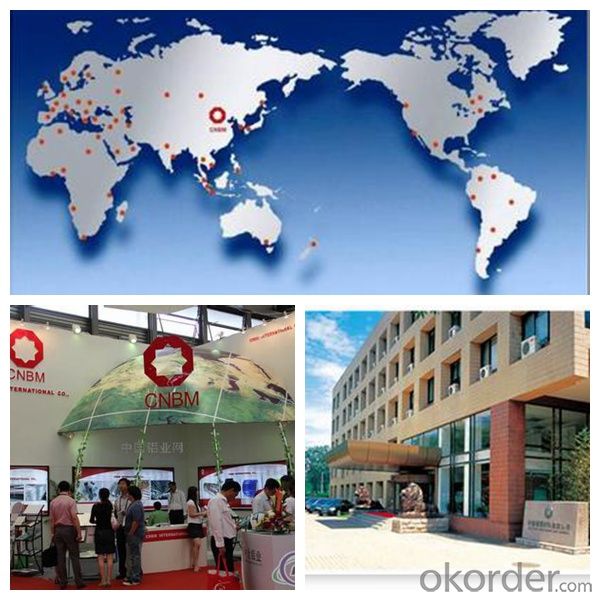
Product Description
Item | AL2O3 | FE2O3 | TIO2 | K2O+Na2O | CaO+MgO | Bulk density |
GAL70 | ≥70 | ≤3.0 | ≤4.0 | ≤0.6 | ≤0.6 | ≥2.7 |
GAL75 | ≥75 | ≤2.5 | ≤4.0 | ≤0.5 | ≤0.5 | ≥2.8 |
GAL80 | ≥80 | ≤2.5 | ≤4.0 | ≤0.3 | ≤0.5 | ≥2.9 |
GAL85 | ≥85 | ≤2 | ≤4.0 | ≤0.3 | ≤0.5 | ≥3.0 |
GAL86 | ≥86 | ≤2 | ≤4.0 | ≤0.3 | ≤0.5 | ≥3.1 |
GAL87 | ≥87 | ≤2 | ≤4.0 | ≤0.3 | ≤0.5 | ≥3.2 |
GAL88 | ≥88 | ≤1.8 | ≤4.0 | ≤0.25 | ≤0.5 | ≥3.25 |
GAL90 | ≥90 | ≤1.5 | ≤4.0 | ≤0.25 | ≤0.5 | ≥3.4 |
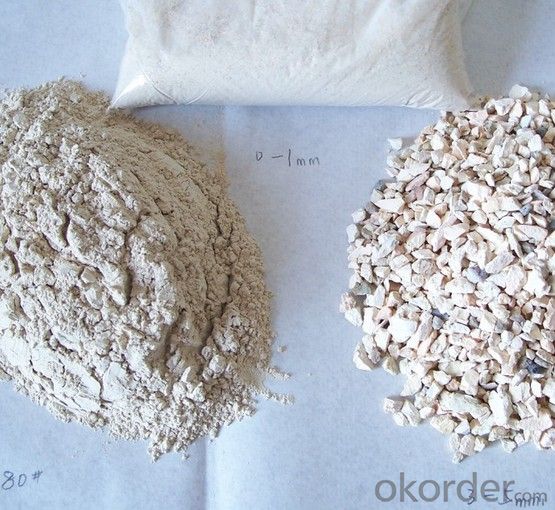
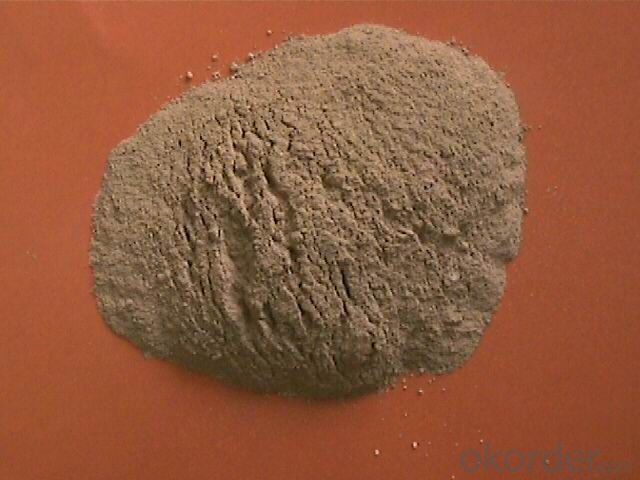
- Q: Technical scheme of refractory for refuse incinerator
- Design of refractory for incineratorAccording to the condition of incinerator, the requirements of refractory, the temperature of each part and the temperature of outer wall of shell are discussed. The scheme for using refractory materials is as follows:The furnace body is made of two layers of structure, that is, 114mm thick clay brick is built near the steel shell, and the lining is made of 134mm thick graphite brick.
- Q: What is the fire resistance thickness of the thin fire-retardant coatings?
- Our thin steelwork fireproof coatings: the fire resistance is 2.5 hours, the thickness is 4.9 mm, the fire resistance is 2.0 hours, the thickness is 3.5 mm, the fire resistance is 1.5 hours, the thickness is 1.75 mm, the fire resistance is 1.0 hours, the thickness is 1.17 mm.
- Q: how to use boiler fireclay
- Boiler refractory, diluted with water to touch the places where needed, can be used after high temperature baking.
- Q: What's the maximum temperature that the refractory ceramic fiber cloth can endure?
- It depends on the composition of the ceramic material. If its composition is alumina and it is used by civilians, its normal use temperature is 1200℃; if its composition is alumina but it is for millitary use, it can endure the highest temperature of 2200℃.
- Q: Using what kind of melting aluminium furnace refractories is more appropriate?
- If it's the ordinary, you can use high aluminum refractory brick with general clay, GB/T 3994-2005 clay heat insulation refractory brick. If you need these with good material, there is high alumina thermal insulation refractory brick, GB/T 3995-2006 high aluminum heat insulation refractory brick, models have A13 and material is the alumina, A13 50 u, high insulating brick B5.Intermediate insulating brick B2, etc. Dolomite brick: good hang kiln performance, good erosion resistance, but brick is usually without f - CaO, hydration, and difficult to transport and storage, less used in the production. Magnesia-chrome bricks: good hang kiln, used in calcining zone. The disadvantage is that its thermal shock resistance is poor and plus hexavalent Cr is toxic, the production and use of magnesite chrome bricks in international countries gradually reduce. Now unit using the brick find replacements as soon as possible.
- Q: Does the refractory material used in steelmaking all refer to refractory brick?
- The refractory material used in steel making doesn't all refer to refractory brick, but also includes refractory castable. The foaming?agent, ladle filler sand and deoxidizer are not refractory materials but ferrous metallurgy auxiliary materials.
- Q: What defect does fused cast refractories have ?
- In glass production, in addition to refractory as a building material and consider its durability, we still must attach great importance to its influence on glass quality. In such cases, the impact on the quality of glass is mainly the defects that eroded down refractory materials mixed in the glass, thus being prodeced of grass products. Defects are mainly foreign body defects such as sand, knot and wave reinforcement. What may directly affect the quality of glass are the wall brick and brick kiln bottom.
Send your message to us
Raw Materials for Refractory:High Alumina Calcined Bauxite Ore
- Loading Port:
- China main port
- Payment Terms:
- TT OR LC
- Min Order Qty:
- 25 m.t.
- Supply Capability:
- 2000 m.t./month
OKorder Service Pledge
OKorder Financial Service
Similar products
Hot products
Hot Searches
Related keywords
